Ramrajya or Raperajya? The Hathras rape case

[responsivevoice_button voice=”US English Female” buttontext=”Read out this Theel for me”]
“Such terrible things (referring to rape) were happening around us; it feels like a sin if I smile for even 2 minutes”.
This quote from the film “Article 15” seems to be extremely relevant in contemporary times. This 14th of June, one of the promising actors of Bollywood Sushant Singh Rajput was discovered dead dangling from the roof fan at his home in Bandra, Mumbai. Until then, the majority section of the people including most of the “Big” and “mainstream” media houses of India was busy conducting the prime time media trials about Sushant’s mysterious death on account of, promoting the ruling government’s propaganda triggered by upcoming Bihar elections and cheap Television Rating Point (TRP). Exact 3 months later, on the same date, 14th of September a 19-year-old Dalit woman allegedly gang-raped by four upper-caste men in Hathras District of Ram Janmabhumi, “popularly” known as Uttar Pradesh(UP).
According to a prior proclamation given by Hathras Superintendent of Police (SP) Vikrant Vir, the girl had gone to the fields alongside her mother, on the day of this incident. On that day her relatives were searching for her triggered by her disappearance, and they discovered her in a critical condition. She was brutally raped and assaulted. On an important note, rape and wiping out evidence by killing is the recent Indian trend of sexual violations. The survivor of Hathras gang-rape was not an exposition of that, according to the primary police report, culprits broke her spinal cord, gouged her eyes and cut off her tongue during this brutal rape. Specifying the occurrence, the Hathras police said that, at around 10.30 am on the 14th of September, an hour later the incident, her brother arrived at the police station to file a report against one of the accused persons, named Sandeep Thakur. The survivor’s brother claimed that Sandeep Thakur attempted to strangulate her sister when she went to the field with his mom to gather feed. In light of his composed protest police enlisted a First Information Report (FIR) on the 14th of September. The survivor was initially admitted to Aligarh’s Jawaharlal Nehru Medical College. Meanwhile, in the basis of the statements given by the survivor the police captured all four accused persons of this case, who are now in the custody of police. Therefore, on 28th of September the survivor was moved to the Delhi’s Safdarjung Hospital. Until then, the whole of India was unaware about this incident. Unfortunately, she could not survive and passed away a day later on 29th of September. And after the tragic death of this 19-year- old girl a very small section of the people and media who were busy with Deepika Padukone and Kangana Ranaut, somehow managed to give a little attention to this incident, followed by the long-standing trends of our society that is,” unless we lose someone we don’t give any kind of value to them”. A 19-year-old girl, who is supposed to study now, has to go to the field for the sake of food, and she becomes a materialistic battleground of the long-standing conflicts between the upper caste and the lower caste power politics. Needless to mention, it is our “Acche Din”.
Caste: The Age-Old Disease of Indian Society
Caste-based violence has become a regular affair in India and the atrocities against Dalits have continued since time immemorial. The Dalits are at the bottom of the caste hierarchy and are systematically deprived of economic and social rights. They are still considered as impure and untouchables and are subjected to monstrous violence and exploitation by the upper caste Hindus. Dalit women, specifically face the double brunt of gender and caste violence. They are susceptible to sexual violence and exploitation due to their gender and caste identities. Dalit women have been subjected to religious malpractices like devdasi/jogini (temple prostitution). In India Rape has been systemically used as purification/cleansing tool or as an instrument where men can assert their dominance over women. The Hathras rape case is just another instance of caste-based violence where a 19-year-old woman was brutally raped, tortured and murdered by men from the Thakur community.
Various attempts are being made to unlink this incident from caste as it has been asserted by many that the caste system in India is weakening, but the truth is casteism is very much existent and very much proliferated by the upper castes of rural India. In the villages strict barriers exist regarding water facilities, sanitation, temple entry etc. and there even made to stay in isolated areas away from the upper castes. Such is the extent of the caste divide and in this case the existence of a separate crematorial ground for the Valmiki community proves the existence of casteism. The reason behind the sexual exploitation of women is the mentality of the savarna men and the statement of manusmriti that “A woman, at no stage in her life, is fit to be independent – the father should guard her until she is married, the husband during her adult life and the son in her old age (recently reiterated by CM Yogi Adityanath). A woman is not subject to punishment if she has sex with a man from the ‘higher caste’, but she is due for harsh punishment for having sex with a man from a ‘lower caste’ (verse 8.365), reiterating that she is to be considered as an identity-less being.”
Such traditional Hindu scriptures give immunity to the upper castes and allow them to consider Dalit women as their private property. Another factor that gives impetus to such incidents is intolerance to the progress of Dalit women. If they want to come forward and express their opinions or try to be economically independent, such heinous crimes are committed in order to silence them and maintain caste superiority. The classic Bhanwari Devi case can be cited where she was raped because she protested against child marriage. In the Hathras rape case, the body of the Dalit woman was illegitimately cremated by the police and prohibited the family to see their daughter for one last time. Similar patterns can be found in the Rohith Vemula case where his body was secretly cremated by the police in 2017. Thus, the question arises that what led the police to cremate/burn her body without the permission of the family? (especially when attempts are being made to dissociate this incident from caste) and would the police behave in the same manner if the victim was someone from a dominant caste?
Yogi Aditiyanaths’s Ramrajya: The Antique Conflicts Between Upper Caste Rama and ‘Other’ Ravana
According to the current ruling party and their blind followers, Kerala is Somalia, Mumbai is Pakistan Occupied Kashmir (POK). However, Uttar Pradesh or the Ramrajya with the highest crime rate and lowest education quality index is the best nationalist state of India, where they are still following the old Mythological social system in 2020. In the Ramayana, Surpanakha the sister of Ravana was romantically attracted towards the brother of Rama. However, as Surpanakha belongs to the Dalit community, Laxman rejected her but raped her and cut her nose. Therefore, to take revenge Ravana Kidnapped Sita. Sita was the wife of Rama, or we can say she was the possessed material of Rama. Therefore, he has done his patriarchal duty of a husband; rescued her from Ravana. However, within some days he has asked Sita to prove her sexual purity triggered by the insecurity and doubt (which is the inherent quality of all patriarchal men) as she had spent some time with Ravana and according to Rama she was not any more perfect and pure for him, so he burnt her alive. Nothing has changed, even in 2020 itself. Four upper caste Thakurs raped a 19-year-old Dalit girl and cut off her tongue and left her in the field. Therefore, after her death the government and the police of Ramrajya forcefully burnt her body in the middle of the night without her family’s consent for wiping out the evidence. “The last time we saw her face was just after the post-mortem was done. They did not even accord us the basic dignity of allowing us to watch her face one last time,” her brother said. Fortunately, a journalist from India Today, Tanushree Panday, had been providing details regarding Hathras since September 29, 2020, the day the Dalit lady was incinerated by the UP police at midnight against the family’s desires, through video clasps of her direct reports from ground zero in Hathras. She was keeping social media updated with everything that was occurring that night. These recordings that show her following the police, her showdown with them, and the subsequent “video” that included chronicle the District Magistrate’s (DM) discussion with the dispossessed family; have now turned into a web sensation as a portion of the main standing evidence of the circumstance in Hathras.
Therefore, the government of UP continuously harassing the family of the survivor, the forensic report of the girl did not highlight any kind of trace of forced sex and tongue cut, the government declared this area as containment zone of Coronavirus and inflected all kind obstacles to the reporters. Even the District Magistrate Pranav Kumar Laxkar asked the family “Had you got 1 million rupees if your daughter died by Corona?” Needless to mention that patriarchal power politics is more dangerous than Coronavirus for our country. However, the UP government Suspended 4 police in charge of this case including the decision of transferring the case to the Central Bureau of Investigation (CBI) due to the nationwide outrage and media coverage. It is not the first time, where upper caste men raped a dalit girl, last year; more than 500 Dalit women were raped in Uttar Pradesh alone, according to the data provided by India’s National Crime Records Bureau (NCRB), which added that more than 3,500 Dalit women were raped across the country in 2019. Even immediately after Hathras case, such incidents did not stop, again another Dalit girl was brutally raped in Balrampur of Uttar Pradesh. Dalits are untouchable in India, the mainstream upper caste people do not allow them in their homes but the upper caste men are very much “invited” to touch the Dalit women. Important to mention that, when the Dalit community or the Bhim Army of UP will protest against this, the government will say Dalits are creating violence, but the upper caste people always overlooked the 2000-year- old brutal violence against Dalit community behind some unorganized, essential and persistent violence of major marginalized community. There is no hope from Ram Janmabhoomi; Ram was a patriarchal person so the state is. It is really hoped that if 2012 Nirbhaya rape case can change the government, hopefully people will remember this incident till 2023. We should always remember, “staying neutral when a fire is raging, is standing with the ones who lit it”.
The Dark Age of Indian Media
In a democracy, the media is considered as the fourth organ of the state apart from the legislature, executive and the judiciary. The media is proclaimed as the definitive instrument of democracy and it is designed to unite, educate and improve the activities and choices of the nation. But in contemporary times, there has been a steep decline in the quality of the media. It is pretty evident that today the media is controlled by the people holding positions of power; it has become an instrument in the hands of the powerful few. The media is used and manipulated according to the whims of the government. Regarding the Hathras rape case, the media acted as one of the major trigger factors. It cost the death of the Dalit woman to receive the response of the media and 1.3 billion people of India.
Since June 2020 the media has been obsessed with the ‘Sushant Singh Rajput Case’, it has been working extensively to accomplish justice for Sushant Singh Rajput and his family. The entire media fraternity has come up to seek justice for Sushant which has been sort of revolutionary because this has been the first of a kind where the general populace along with the media and some top-notch government agencies are fighting for the injustice caused. But there is a disparity in the justice being served in this country. Since the past three months, Indian media has been entirely consumed with Bollywood or should I say being compelled to be consumed with Bollywood to shield? All the news channels and social media platforms are shrouded with issues like nepotism, manipulation, black magic, and drug abuse so much so that a brutal and monstrous crime was committed in Uttar Pradesh on September 14, 2020, but it took 14 days for the media to cover this news because meanwhile all the prime time debates were focused on “why did Rhea Chakraborty say sorry babu to Sushant?” and investigating the WhatsApp conversations of Deepika Padukone. It is imperative to probe the drug nexus in Bollywood, surely, but Is it the only pressing issue of our country? Is it the only issue worth the media coverage? Last week the farmers were protesting against the contentious farmers’ bill but it was evident that the even the quandary of the farmers was not a matter of significance.
The question needs to be posed that if justice for Sushant Singh Rajput is the single most concern of our country then why not justice for the Dalit rape victim? Why did the media fail to take this issue into consideration? The harsh reality is that journalism and media is nearing its end in India. Sold media is a thriving reality today. Today the media is always on a quest for sensational and trending news rather than the truth. It will cover those stories which would procure them profit. Profit-making has become their essential objective and the SSR case was the perfect sensational news for them where Rhea Chakraborty emerged as the perfect vamp in the cinematic sense and there was an increase in the viewership as well. Next, the government is attempting to silence the media as well. Media and information is constrained and anyone questioning the current political foundation has been silenced for life. This has been true for journalists like Gauri lankesh, Irfan hussain, Ramchandra chhatrapati etc. who tried to uphold the truth. In this case as well, Journalist Pratima Mishra tried to bring out the truth in front of the public but was harassed and restrained for doing so. This is indicative of the fact that Indian democracy is in grave crisis especially considering the dearth of freedom of expression and the differential justice system.
The Lineage of Rape Culture in India
In the 21st century unfortunately discrimination, exploitation, oppression, violence and Crime against women is a worldwide serious malady. Needless to mention that, the Indian civilization is not an exception to this phenomenon. The Indian civilization from ancient time to modern time always represented the barbaric misogynist culture of society. The fiery survivor of this culture is ancient “Sita” and modern ‘Roop kanwar” or “Nirbhaya”. It is important to mention that, in spite of having the gender-based discrimination as popular culture in our society, the constitutional goal should be for every civilized society is giving respect and protecting by the constitution or law the rights of all women of the society irrespective of class, caste, race and religion. The Indian government in 2013 for protection of women rights and livelihood against violence in India implemented the Criminal Law Amendment Act 2013 commonly known as ‘Nirbhaya’ Act. Is there any use of this law?? The obvious answer is no. Before 2012 and after 2012 every section of our society, be it the film, advertisement, literature, sports, media, social media, political leaders most of the time glorify the 2000-year-old patriarchal and misogynist culture of India. After the tragic death of this Dalit girl, one of the former Supreme Court judge Markandey Katju on 30th of September courted insensitive and misogynist social media post on the event. He said “I condemn the Hathras gang rape, and call for harsh punishment of the culprits. However, having said that there is one aspect which also needs to be considered. Sex is a natural urge in men. It is sometimes said that after food, the next requirement is sex”. The Chief Minister of West Bengal Mamata Banerjee in a statement on October 17, 2012, she has analyzed the reason of rape as “Earlier if men and women would hold hands, they would get caught by parents and reprimanded but now everything is so open. It is like an open market with an open option”. Once, the Chief Minister of the epitome of Hindu Rshtrya Yogi Aditiyanath stated “Women are not capable of being left free or independent”. Mostly all these influential personalities forgot about a term that is ‘consent’. Sex is natural so the open relationship is, but not without the consent of both people. Lastly, the Yogi Aditiyanath statement is completely right. Women are not capable of being left free or independent because unless our Honorable Prime Minister starts the scheme of “ Beti Bachao, Beta Parao”. Important to mention that, when our respected Prime Minister was the Chief Minister of Gujrat, During the Gujarat Riot a pregnant Muslim lady Bilkis Bano was gang-raped, now we are under his government. However, the reality of our life is that gender violence is a part of our culture, and we have to fight against this for a gender-equitable, liberal and progressive future generation.
Conclusion
Firstly, the issue of rape/sexual violence is an aftermath of the patriarchal mindset of the people of India. Dominance is the central motif. The underlying psychology being the desire to control women, to mark their inferior status in relation to their male counterparts. Male ego gets highly disturbed when women fare better than men. It is a common psychology and this is the mere starting point of such brutal crimes where numerous marital rapes and domestic abuse is witnessed. Secondly, in case of the lower castes, apart from the gender factor, the caste factor is also highly applicable. According to the 2019 NCRB data, around 10 dalit women are raped every day in India. In this case the issue of caste dominance is highly functional which is evident in the hathras rape case with illegal cremation, destruction of evidence, failed state machinery, mistreatment with the family of the victim and most importantly a brutal rape & murder being equated with death from coronavirus. This indicates a prolonged battle between India and the ‘Other’ India because in a country where Kangana Ranaut is eligible for receiving Y-level security but this Dalit woman couldn’t even receive a peaceful goodbye from her family. The glass ceiling is existent and very much visible now. The lower castes will continue to be exploited; Dalit women will continue to be raped at the hands of the upper castes if the judicial machinery of our country continues to neglect these issues and attempt to protect the criminals. Impunity from the heinous crimes due to caste privilege must be stopped.
“She was told
Aruna GogulaManda
That she was dirt,
She was filth and
In this sacred land of thousands of goddesses
She is called a Dalit.”
Bibliography
- Akhauri, T. (2020). How Journalist Tanushree Pandey’s Reporting On Hathras Gang Rape Led To A Movement. She The People.
- (2020). Govt may declare Hathras village a Covid containment zone, says DM. Hindustan Times.
- (2020). Hathras gangrape case: 19-year-old woman from UP dies in Delhi hospital. India Today.
- (2020). Hathras horror: Markandey Katju’s post linking unemployment to rapes irks netizens. DECCAN CHRONICLE.
- Karan Anand, H. Z. (2020). India Dalit rape victim family ‘locked up as police burned body’. Aljazeera.
- Kumar, A. (2020, September). The use of rape as a tool against dalit women. Retrieved October 2020, from LiveWire: https://livewire.thewire.in/gender-and-sexuality/dalit-woman-rape-hathras-caste/
- Nidhi Sadana Sabharwal, W. S. (2015). Dalit Women in India: At the crossroads of Gender, Class and Caste. Global Justice: Theory Practice Rhetoric, 1-30.
- (2012). Rapes happen because men and women interact freely: Mamata. Firstpost.
- Rohith Vemula’s body secretly cremated. (2017, February). Retrieved October 2020, from catchnews: http://www.catchnews.com/social-sector/rohith-vemula-s-body-secretly-cremated-ashok-vajpeyi-returns-his-d-lit-from-hyderabad-university-hyderabad-caste-politics-1453207533.html
- Samy, P. (2020, October). Hathras Case: The Intersecting factors behind structural violence against dalit women. Retrieved October 2020, from The Wire: https://thewire.in/caste/hathras-case-structural-violence-dalit-women-intersecting-factors
- UP Cops misbehave with ABP Reporter. (2020, October). Retrieved October 2020, from ABP Live: https://news.abplive.com/news/india/hathras-rape-case-uttar-pradesh-police-misbehaves-with-abp-news-rape-case-yogi-adityanath-1353564
- (2020). UP: Gang-raped, strangled, 19-year-old Dalit teen battles for life in Hathras. India Today.
- (2019). Who is 2002 Gujarat riots survivor Bilkis Bano? The Indian Express.
Featured Image Credit: Wiki Commons


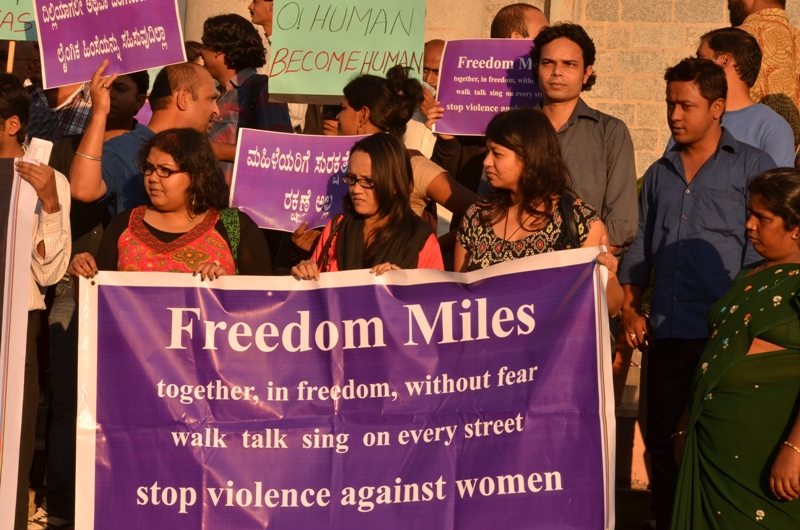
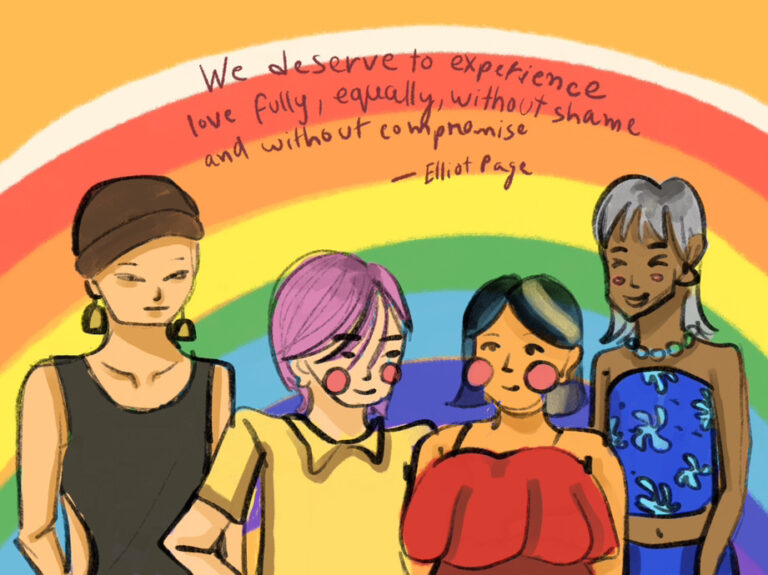
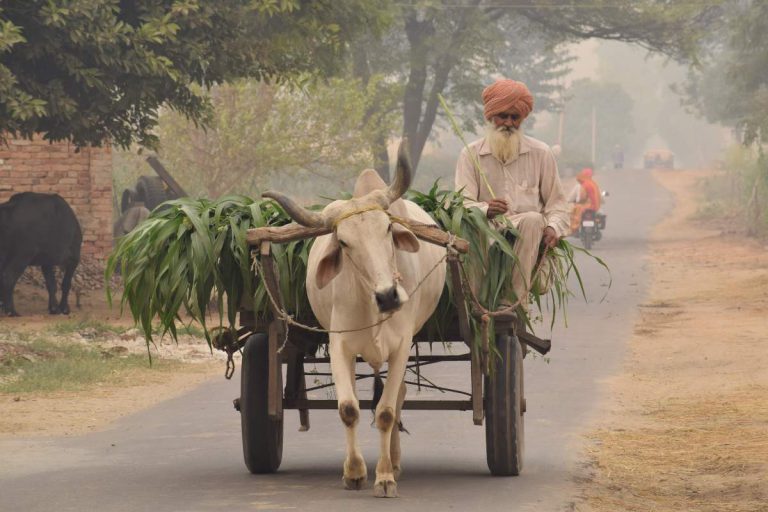
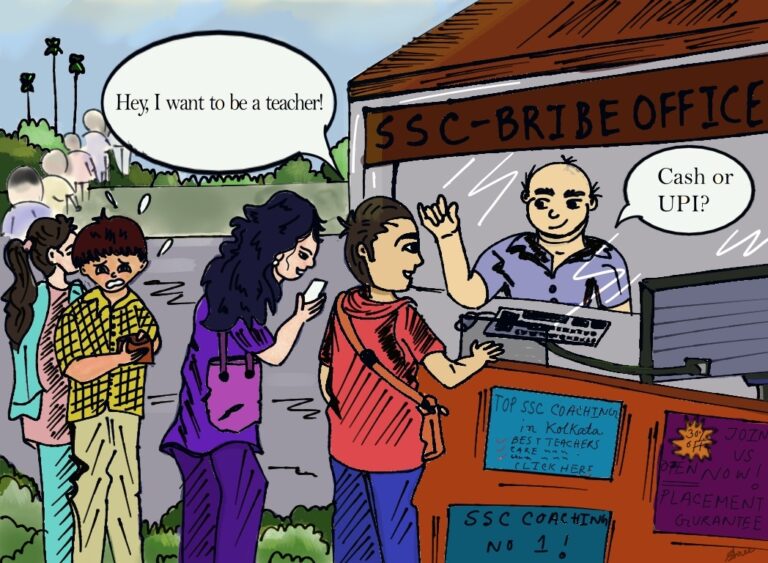
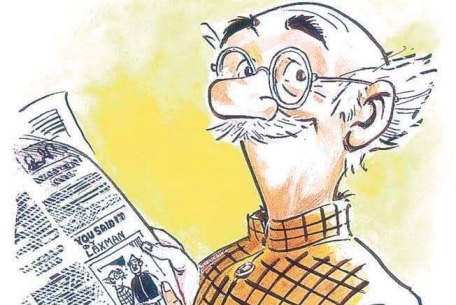
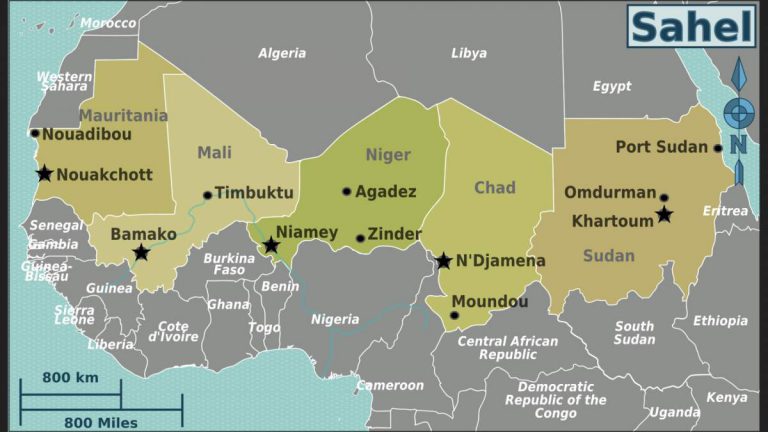
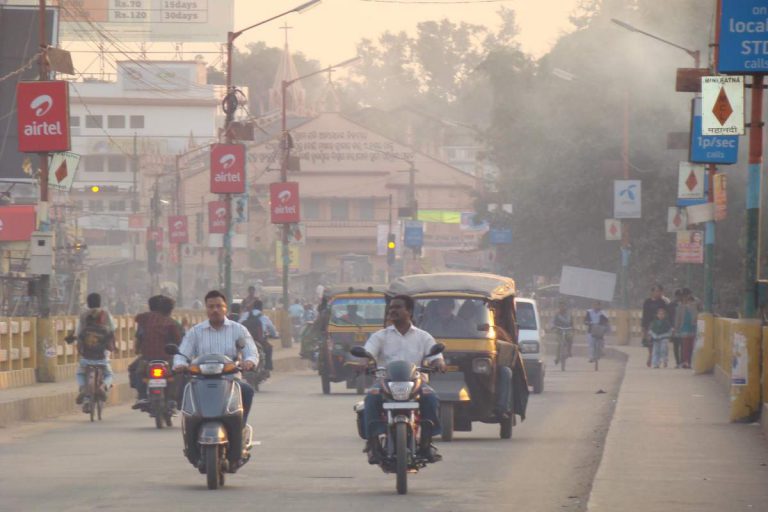
Commendable Sreya and Supanwita. You both have lucidly presented the arguments that require utmost attention. Thanks for coming up with this piece. ?
Great article you both…
Well polished and articulated
So proud of you, guys. ?